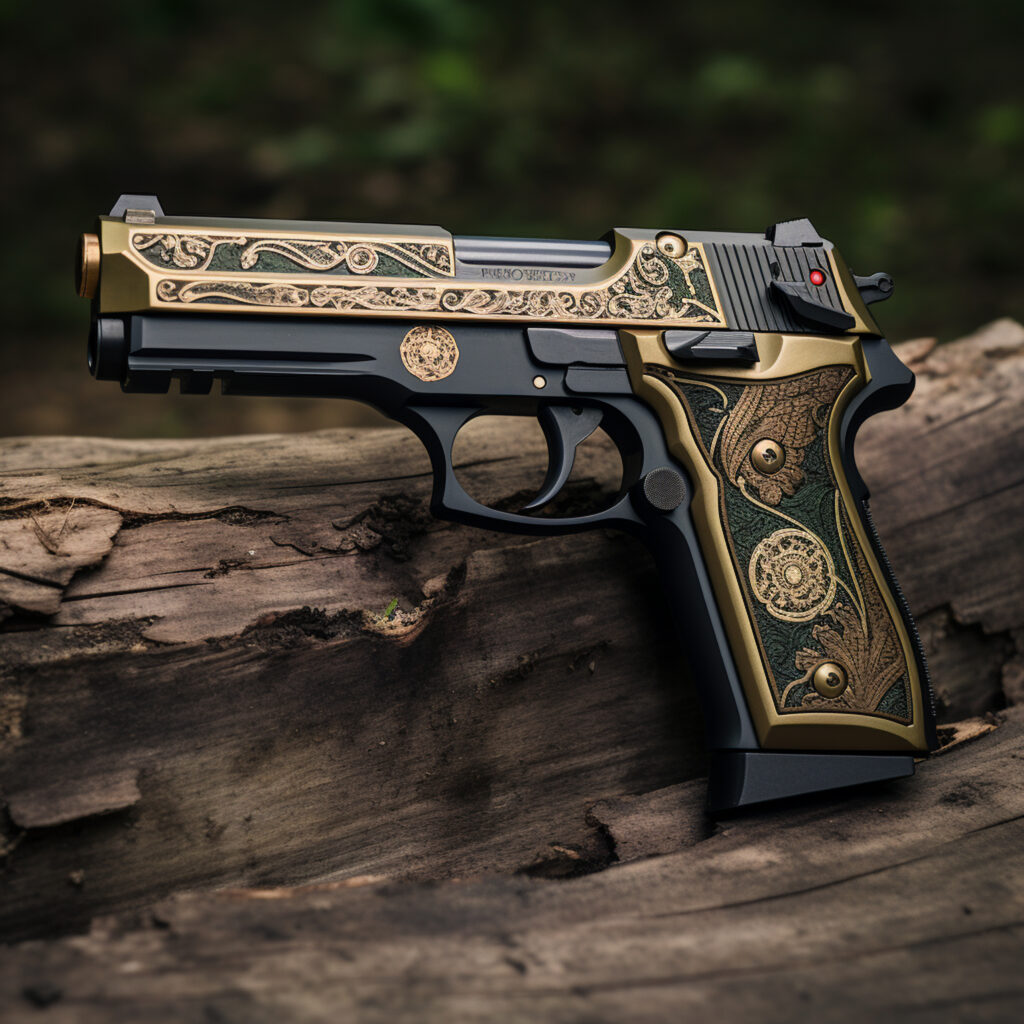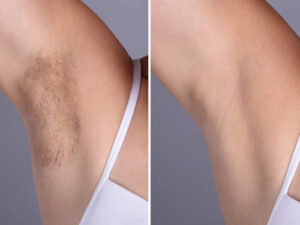Choosing Between the SIG Sauer P320 and the SIG Sauer P365 — Modular Pistols vs. Micro-Compacts

If you’re trying to pick a handgun for concealed carry, home defense, or range work, SIG Sauer’s P320 and P365 families are two of the most frequently considered platforms. They represent two different philosophies in modern handgun design: the P320 is built around modularity and adaptability, while the P365 champions maximum capacity in the smallest practical package. Both are striker-fired, both carry the SIG name, and both are excellent in the roles for which they were designed — but they solve very different problems. This post walks through the design, ergonomics, performance tradeoffs, and practical purchase and ownership considerations so you can choose the gun that best matches how you live and shoot.
What the P320 is all about
The defining feature of the P320 is its modular fire-control concept. The fire-control unit (FCU) is the serialized core of the pistol; it houses the trigger group and internal controls and can be moved between different grip modules and slide/slide assemblies. That architecture lets one serialized unit become multiple pistols: full-size service guns, compact carry pistols, or models in a different caliber — all by swapping non-serialized parts. For people who like flexibility, who share a gun among family members with different hand sizes, or who want to buy once and grow their collection by buying modules instead of whole guns, that modularity is a powerful value proposition.
Mechanically and ergonomically, P320 variants range from compact carry models to full-size duty pistols. They typically offer a comfortable grip circumference for average to large hands and a sight radius that helps with follow-up accuracy. The platform has a crisp striker-fired trigger feel and a modern control layout, and it supports a range of aftermarket grips, sights, and accessories. P320s that are configured as compacts or full-size pistols are more forgiving to shoot for longer sessions than most micro-compacts, and they make better range companions if you plan to spend time working on accuracy and high-volume drills.
What the P365 is all about
The P365 was designed to answer a single question: how do you maximize capacity in the smallest concealable footprint possible? The answer is the P365’s innovative magazine geometry and package design. By staggering rounds in a compact magazine body and optimizing internal layout, the P365 delivers flush-fit magazines with capacities unheard of for its size at the time it arrived on the market — typically starting at 10 rounds in a very small package, with a selection of extended magazines available for those who want more capacity without leaving the platform. The pistol’s tiny slide and short grip make concealment easy; many people find it comfortable to carry in a holster at the hip, appendix, or even in a pocket holster (respecting all safety practices and local laws).
Shootability from the P365 is impressive for its class. It points naturally, and while recoil and muzzle flip are more pronounced than on larger pistols, the design minimizes those effects relative to the pistol’s size. SIG has broadened the P365 family with variants that add slide length, optics compatibility, or different ergonomics for users who want a little more control without giving up the platform’s small overall footprint.
Size, weight, and concealment tradeoffs
If concealment is your top priority, the P365 and its family of variants are almost always the better choice. A standard P365 is shorter, narrower, and lighter than most P320 configurations, and it disappears under clothing more readily. For deep concealment, minimal printing, or pocket-carry scenarios, a P365 is the natural selection.
The P320 can be made smaller by choosing compact or subcompact modules, but even those tend to have a larger grip and longer slide than a P365. Where the P320 shines is in the flexibility to select the exact size and balance you want: a full-size P320 for duty and range days, and a compact P320 for carry days, all using the same serialized core. That versatility, however, comes at the cost of not being quite as pocketable or as truly “micro” as the P365.
Capacity and defensive considerations
A core tradeoff in personal defense pistols is capacity versus shootability. Micro pistols historically sacrificed capacity for concealability, but the P365 changed expectations by providing double-digit capacity in a package far smaller than traditional double-stack pistols. That makes the P365 compelling for people who want as many rounds as possible on hand without the burden of a larger gun.
Larger P320 variants generally come with magazines that hold more rounds than flush P365 magazines — when configured as compact or full-size pistols they usually offer higher capacity and better ergonomics for controlling recoil. The P320’s larger grip makes extended shooting sessions less fatiguing and tends to support faster follow-up shots under stress. If raw capacity per magazine is the metric you value most and you’re willing to accept a larger gun, a compact or full-size P320 will typically carry more rounds in a format that’s still shootable.
Ergonomics, controls, and fit
Ergonomics are highly personal. The P320’s grip geometry is designed for comfortable purchase and tends to favor medium to larger hands, while the P365’s shorter grip and narrower profile work very well for smaller hands and for those prioritizing concealment. Controls like slide stop, takedown lever, and magazine release are positioned in ways that are familiar to modern striker-fired pistol users on both platforms, although the exact feel and reach will vary between hand sizes and between variants within each family.
Because the P320 allows you to swap grip modules, you can often dial in a grip that better fits your hand without buying a whole new serialized firearm. The P365 family has also expanded to include slightly larger variants that address reach and sight radius for shooters who want a compromise between concealability and shootability.
Safety and reliability
Both pistols come from a manufacturer with decades of experience; both are used widely by civilians, professionals, and agencies. Reliability tends to be solid for both platforms when maintained properly and when used with quality ammunition. Like any mechanical product, both require routine cleaning and inspection.
When evaluating safety, consider holster selection and training. Small carry pistols, because of their compact controls and shorter slides, sometimes demand more deliberate training on reloading and malfunction clearance. Larger pistols offer more margin for error in high-stress situations simply because their controls and grips are easier to manipulate. Choose a holster that fully covers the trigger and provides secure retention, and practice with it.
Long-term value and modularity
If you enjoy building an ecosystem around a single serialized core, the P320’s modularity is its strongest selling point. Instead of owning several serialized pistols to serve different roles, you can own one fire-control unit and a set of grip modules and slides to assemble exactly what you need on a given day. That can lower long-term cost, reduce administrative complications in households where firearms are shared, and let you tailor the gun more precisely to mission needs.
The P365 has a family approach too — with micro-compact variants, XL or Macro versions, and models that accept optics — but it doesn’t offer the same one-core-multiple-guns promise. That said, the P365 ecosystem is broad and well-supported by aftermarket holsters, sights, and magazines, making it a very practical platform for dedicated carry use.
Practical buying and ownership tips
First, try before you buy if possible. Renting or borrowing pistols and putting rounds through them is the best way to know what fits your hand and what you can shoot accurately and comfortably. If you can’t try both, at least dry-fire them to get a feel for trigger reach and control placement.
Second, holsters matter more than model. A good holster that secures the pistol and covers the trigger will improve daily carry comfort and safety far more than choosing one model over another. Consider appendix vs. strong-side carry and pick a holster designed for your body type and clothing style.
Third, think about the ecosystem: magazines, night sights, optics, holsters, and spare parts. The P320’s modularity gives you different buying patterns; the P365’s popularity ensures abundant small-pistol accessories. Factor in cost of spare magazines and holsters when budgeting.
Fourth, plan training into ownership. Concealed carry or home defense are skill-dependent tasks. Regular live-fire practice, dry-fire repetition, and malfunction drills will increase your competence and confidence far more than any specification on paper.
Lastly, check local laws and compliance requirements before buying. Some jurisdictions have specific rules about models, capacities, or serialized transfers. Buying legally and following local regulations keeps ownership safe and responsible.
Who should pick which?
Choose the P365 if:
-
You want the smallest possible concealed-carry package with the highest practical capacity in that size.
-
Deep concealment, pocketability, or discreet carry are daily priorities.
-
You prefer a light, minimal daily carry pistol and are willing to accept more perceived recoil.
Choose the P320 if:
-
You value modularity that lets you scale one serialized unit into multiple role-specific pistols.
-
You want a larger grip and longer sight radius for better control and follow-up shots.
-
You like the idea of growing an ecosystem of grip modules and slides to experiment with different sizes and calibers.
If you can, handle and shoot both. The right choice is the one you can shoot accurately and carry consistently.
Final thoughts
There’s no single “best” SIG — only the best SIG for your mission. The P320 excels as a modular platform that can adapt to different users and roles over time; the P365 excels as a revolutionary micro-compact that maximizes capacity while minimizing footprint. Both are modern, well-designed pistols that will serve their owners well when paired with responsible ownership, good holsters, and consistent training. When you make your decision, prioritize what you will actually practice with and carry, not simply which pistol has the most impressive spec on paper. And if you buy, trade, or sell guns, do it legally and safely through proper channels and with full respect for your jurisdiction’s rules and safe-handling practices.



